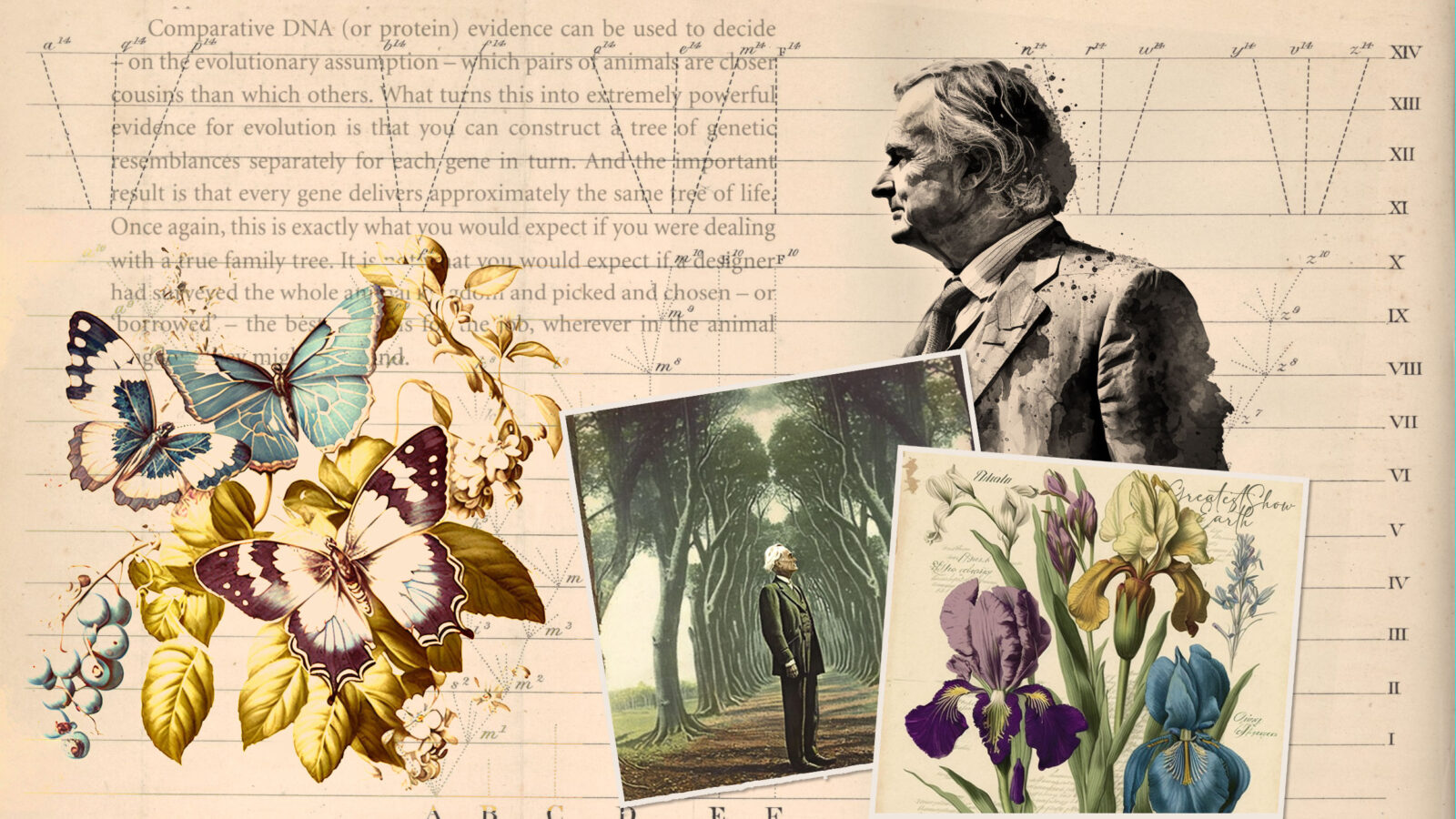


The Top Ten Scientific Problems with Biological and Chemical Evolution

Stephen Meyer joins radio host Frank Turek to discuss Darwin’s Doubt
On Cross Examine with Dr. Frank Turek, Dr. Stephen Meyer discusses his New York Times best-selling book Darwin’s Doubt: The Explosive Origin of Animal Life and the case for Intelligent Design (HarperOne, 2013). For more information on the book and to order your copy visit http://www.darwinsdoubt.com.

CSPAN’s BookTV Interviews Dr. Stephen Meyer on Darwin’s Doubt
In an interview for C-SPAN Book TV with Peter Slen, Dr. Stephen Meyer discusses his New York Times best-selling book Darwin’s Doubt: The Explosive Origin of Animal Life and the case for Intelligent Design (HarperOne, 2013). For more information on the book and to order your copy visit http://www.darwinsdoubt.com.

Icons of Evolution 10th Anniversary: Dr Jonathan Wells on Darwin’s Tree of Life
In Icons of Evolution, biologist Jonathan Wells compared icons of evolution — such as homology in vertebrate limbs — with published scientific evidence, and revealed that much of what we teach about evolution is wrong. Published in 2000, the book raised troubling questions about the status of Darwinian evolution that are still plaguing scientists today.

Icons Anniversary – Tree of Life
In Icons of Evolution, biologist Jonathan Wells compared icons of evolution –such as homology in vertebrate limbs– with published scientific evidence, and revealed that much of what we teach about evolution is wrong. Published in 2000, the book raised troubling questions about the status of Darwinian evolution that are still plaguing scientists today.

DNA Enigma: Where Did The Information Come From?

A Primer on the Tree of Life
Evolutionists often claim that universal common ancestry and the “tree of life” are established facts. One recent opinion article argued, “The evidence that all life, plants and animals, humans and fruit flies, evolved from a common ancestor by mutation and natural selection is beyond theory. It is a fact. Anyone who takes the time to read the evidence with an Read More ›

Barking Up the Wrong Tree
Upon learning of an employee’s defection to a rival company, one prominent CEO launched a chair across the room. Commenting on the incident in the Washington Post, eminent primatologist Frans de Waal noted that the CEO acted like an ape. But de Waal (and the Post for that matter) wasn’t kidding; he took this incident as further proof of common Read More ›

Icons of Evolution
Authored by developmental biologist and Senior Discovery Fellow Jonathan Wells, this book takes aim at 10 common “icons” used to bolster Darwin’s theory in widely used biology textbooks. The “icons” commonly cited to support evolution in textbooks turn out to be scientific urban legends, long-refuted fakes, or misrepresentations of the scientific data. One of the most famous “icons” discussed is Read More ›